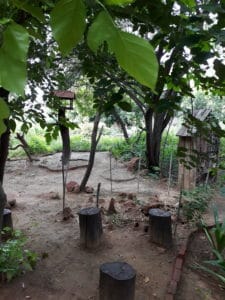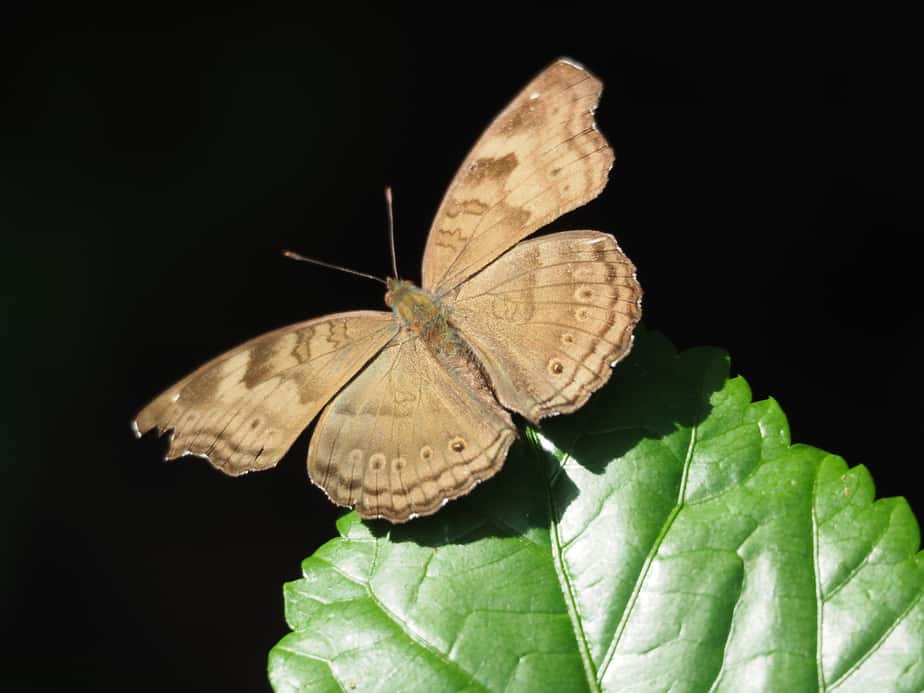With the second edition of the Butterfly Month, Conservation Education Centre is working towards creating a butterfly corridor and to give Delhi a state butterfly
As butterflies breed after monsoon, this time of the year is best for sightings and studying their life cycle. To celebrate these vibrant creatures, the Conservation Education Centre (CEC) — run by Bombay Natural History Society at Asola Bhati Wildlife Sanctuary — is holding multiple activities for the entire month of September, marking it as ‘Butterfly Month 2018’ to sensitise the people about their behaviour, habitat and conservation. The initiative is supported by the Department of Forests and Wildlife GNCT of Delhi in collaboration with Butterfly Research Centre of Bhimtal, Ninox and The Delight Factory.
The events will be held across different venues from September 7 to 28. Activities include Butterfly Meet with Peter Smetacek (popularly called the ‘Butterfly Man of India’), Breakfast with Butterflies, Delhi’s Big Butterfly Count, Butterfly Origami, Butterfly Gardening Workshop, Butterfly Walk, Campus Counts, Photography Contest, Painting Competition, Walk like a Caterpillar (Eco Game) and Butterfly Symposium in around 48 locations across Delhi-NCR. “Right now participants include students from various schools and colleges, NGOs and enthusiasts,” says Geeta Yadav, who works with CEC. There are no charges for participating in these events.
Only Butterflies?
Butterflies are an integral part of the food chain and an indicator of a healthy environment. They are, perhaps, the best pollinators. Apart from finding their own mate, they also help in the reproductive cycle of plants. Butterflies are food for garden lizards, frogs, spiders and some birds.

“Ideally there should be a month for all species,” says Sohail Madan, Centre Manager of CEC, adding, “But all of us have an inherent liking for these beautiful insects. And it is the best way to get everyone involved in conservation. But we work on such programmes regularly. Recently, we did one for dragonflies. While the population of butterflies might have gone down, there are more recorded species.” There are around a 100 species in Delhi. Among them the common ones are Plain Tiger, Blue Pansy, Grass Yellow, Lime Butterfly.
CEC is also doing a long-term study programme with Delhi University to know how certain species negotiate urban barriers. “We are also sensitising the agencies and the people about building a ‘butterfly corridor’ from the south to north — starting from Asola Bhati Wildlife Sanctuary and ending at the Yamuna Biodiversity Park.”
The wildlife sanctuary has a dedicated Butterfly Park, which was started as a small garden in 2014. It took a few years to reach its current vibrant state where over 90 species can be sighted.
“They are slightly quiet during the early morning hours, collecting nectar and energy. Then during the day, they use all that energy by constantly flying,” says Yadav. Butterflies are the only insects who don’t waste their energy. They can also be found on dumps or mud patches, finding their share of minerals and salts.
Butterflies can’t survive in a polluted environment. Despite the number of parks in the city, they are bereft of butterflies because of the use of chemicals and the lack of host plants. Each species needs a certain host to lay eggs on.
Madan adds, “We are in talks with agencies for land for butterfly parks and then there is a scope for terraced gardens. While different species feed on different plants, there are common native plants and trees that can be planted along the identified corridor.” For instance, the common kadi patta is among their favourite host plants. Some wild patches too, are needed.
CEC avoids heavy trimming in its Butterfly Park, keeping the slightly wild feel, even though there are benches and clear pathways.
Know your species
Around 30 teams will be going for the Delhi butterfly count on September 23. Spread across different localities in Delhi-NCR, they have to identify the species they spot. Some locations are Sanjay Van, Nagina Lake, Lodhi Gardens, Surajpur Bird Sanctuary, DDA parks, city forests and more. A checklist will be given to them and they have to put a tick on the species they spot. Photography is also an integral part of this.
State butterfly
During Delhi Butterfly Month (2017), a petition was signed to declare Delhi’s state butterfly. “It’s a little slow process, as multiple agencies are involved, but we are working on this,” says Madan.
Getting a state butterfly is a symbolic act that would have a long-term impact on the survival or revival of the species. “Having a state butterfly would make it a part of the larger consciousness, increasing its popularity and bringing it to the forefront.”
Some suggestions on which butterfly could be declared as the state butterfly were given last year. Among them are the Common Silverline, Large Salmon Arab and Plain Tiger.
Common Silverline is a vividly marked butterfly found only in India. It is omnipresent, ranging from the sea level to the crest lines of mountain ranges and from scrub to secondary evergreen forests, but is seen primarily in open areas. It prefers natural vegetation to gardens and plantations, which will serve as a symbol to save our indigenous forests too.
The striking colour of the Large Salmon Arab—pale salmon (fish) buff—makes it an interesting specimen. A true ridge species, it belongs to the drier landscapes but is also found near water. Its host plant is the fast vanishing tree of Meswak. This could work towards saving these trees in Delhi.
Plain Tiger is the most common butterfly seen the year round and in all landscapes. It can tolerate degraded areas and evade predators by an evolutionary trick of using plants that make it toxic to eat (milkweed/Aak-plant). The ability to fight off predators, feign death and protection from attacks by birds and reptiles by virtue of its unpalatable alkaloids that it ingests during the larval stage are the many reasons that make it admirable.





